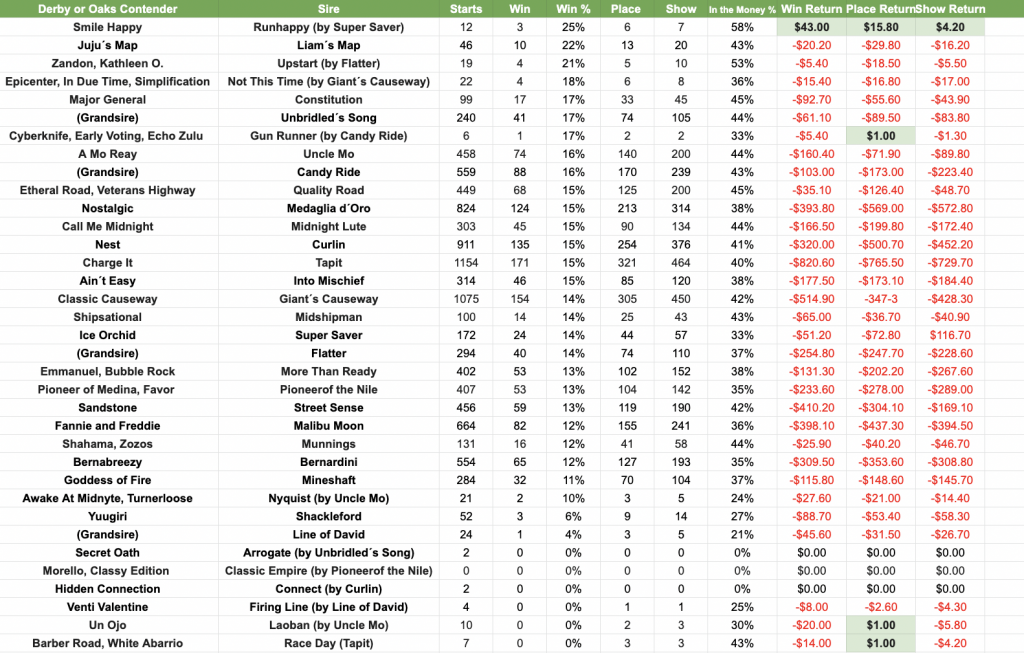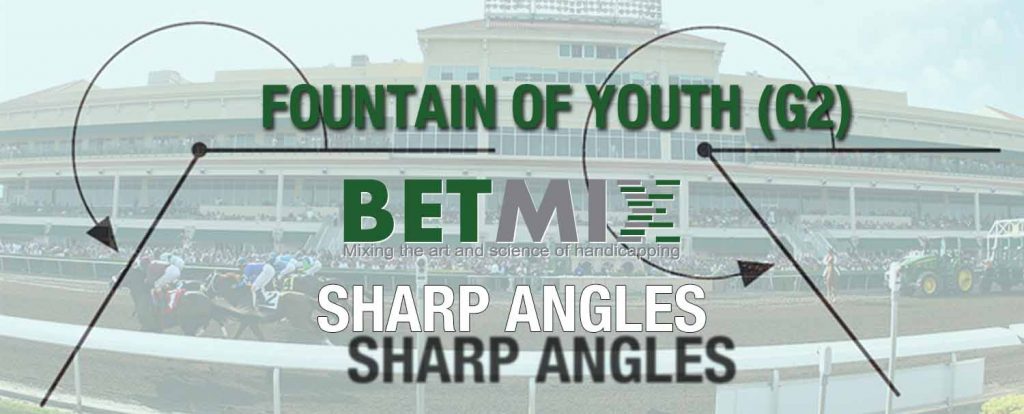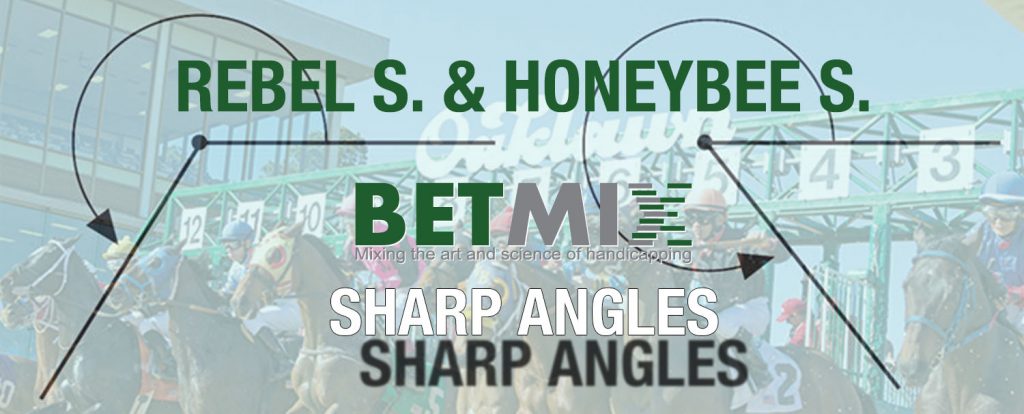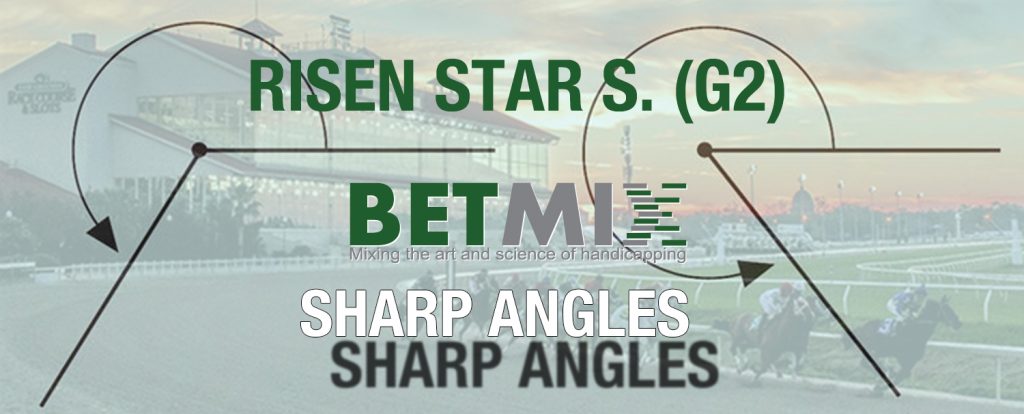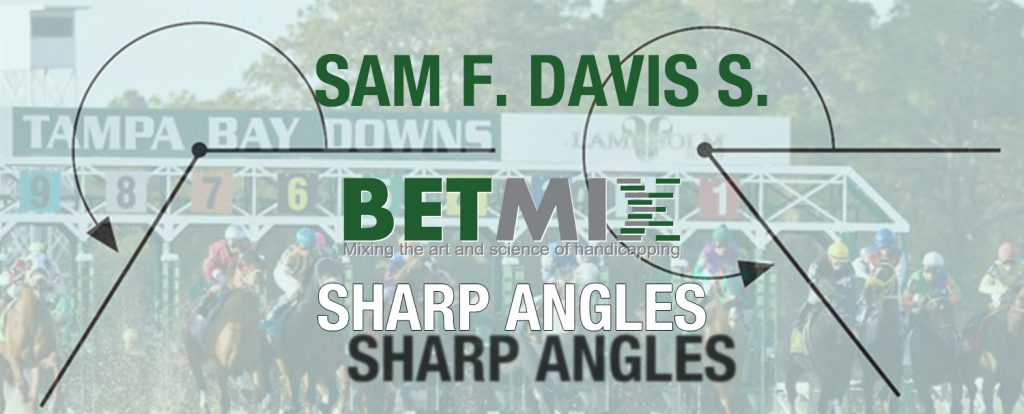March 14, 2022 | By Jeremy Plonk/www.horseplayernow.com
Originally published on www.xpressbet.com
Welcome to a continuing handicapping series for our Monday blog space, “Monday Myths.” Each week I’ll use the power of the Betmix database to take common handicapping assumptions and either support or dispel them with data. Betmix data powers the 1/ST BET app and its features like Angler and Birddog give data-minded horseplayers a treasure trove of information in which to query your own curiosities.
Assumption:
Field size is of paramount concern in win betting.
Background:
In an era of reduced field sizes nationally, due to a shrinking foal crop and changes in how horses are campaigned, the number of starters in a race has a dramatic impact on payouts. How much can we quantify that impact?
Data Points:
I dialed up the Betmix database to look at every North American Thoroughbred race over the past year, dating back to mid-March 2021. I separated each race based on the number of starters and documented the average winning price.
5-horse fields have an average winning odds of 2.75-1.
6-horse fields have an average winning odds of 3.43-1.
7-horse fields have an average winning odds of 4.23-1.
8-horse fields have an average winning odds of 5.12-1.
9-horse fields have an average winning odds of 6.16-1.
10-horse fields have an average winning odds of 6.26-1.
11-horse fields have an average winning odds of 7.59-1.
12-horse fields have an average winning odds of 7.48-1.
Overall Findings:
The average winning odds increased by each number of starters in a race from 5 horses through 11 horses and then leveled out in a 12-horse field. The increases were .68, .80 and .89 with 5-6-7-8 horse fields, but jumped 1.04 between 8 and 9 horses and a survey-high 1.33 between 10 and 11 horses.
Bottom line:
There’s absolutely no doubt that the larger the field size, the larger the average payout. Even if you see 5-2 on the toteboard and think “That pays $7 whether there are 7 or 12 horses in a race,” just know that the 5-2 you’re getting in one race isn’t necessarily the same as the other. You could be looking at a favorite in one spot and a third-best chance in a shorter field. As you double the field size, say from 5 to 10 or 6 to 12, you’ll notice that the average winning payoff goes up more than double, which further shows the greater payoff impact of larger fields.
Additional details:
You can go into Betmix and run your own queries for a deeper dive into this theory and any that you can create. For instance, check out the average payoffs at your local track to see how field size impacts the racing there.


